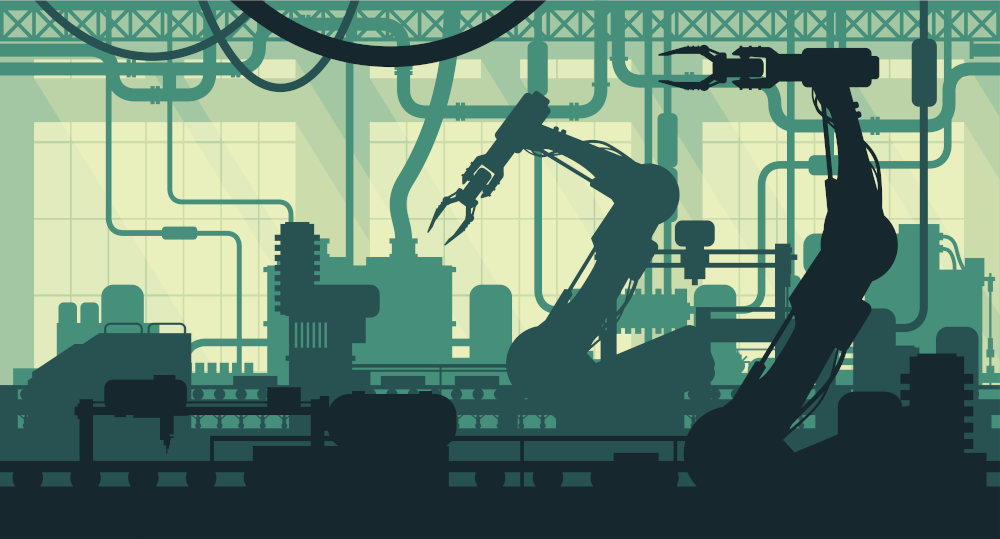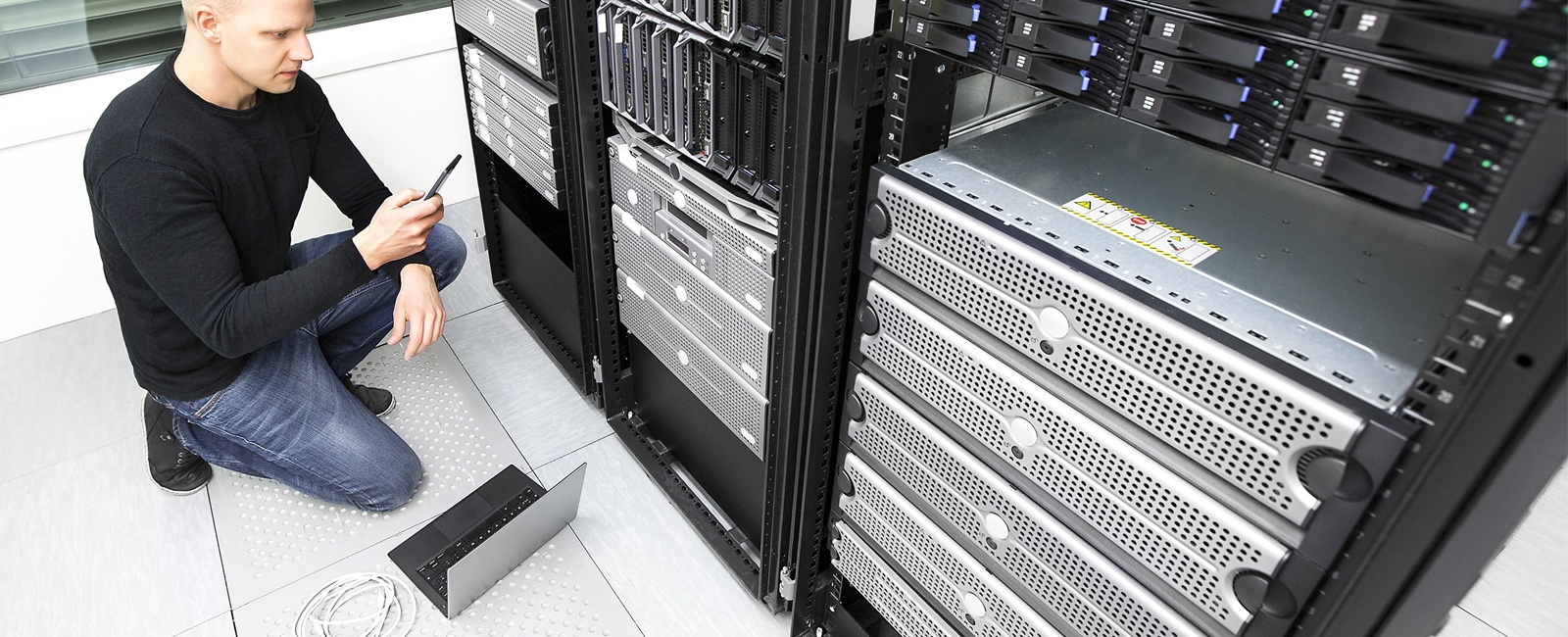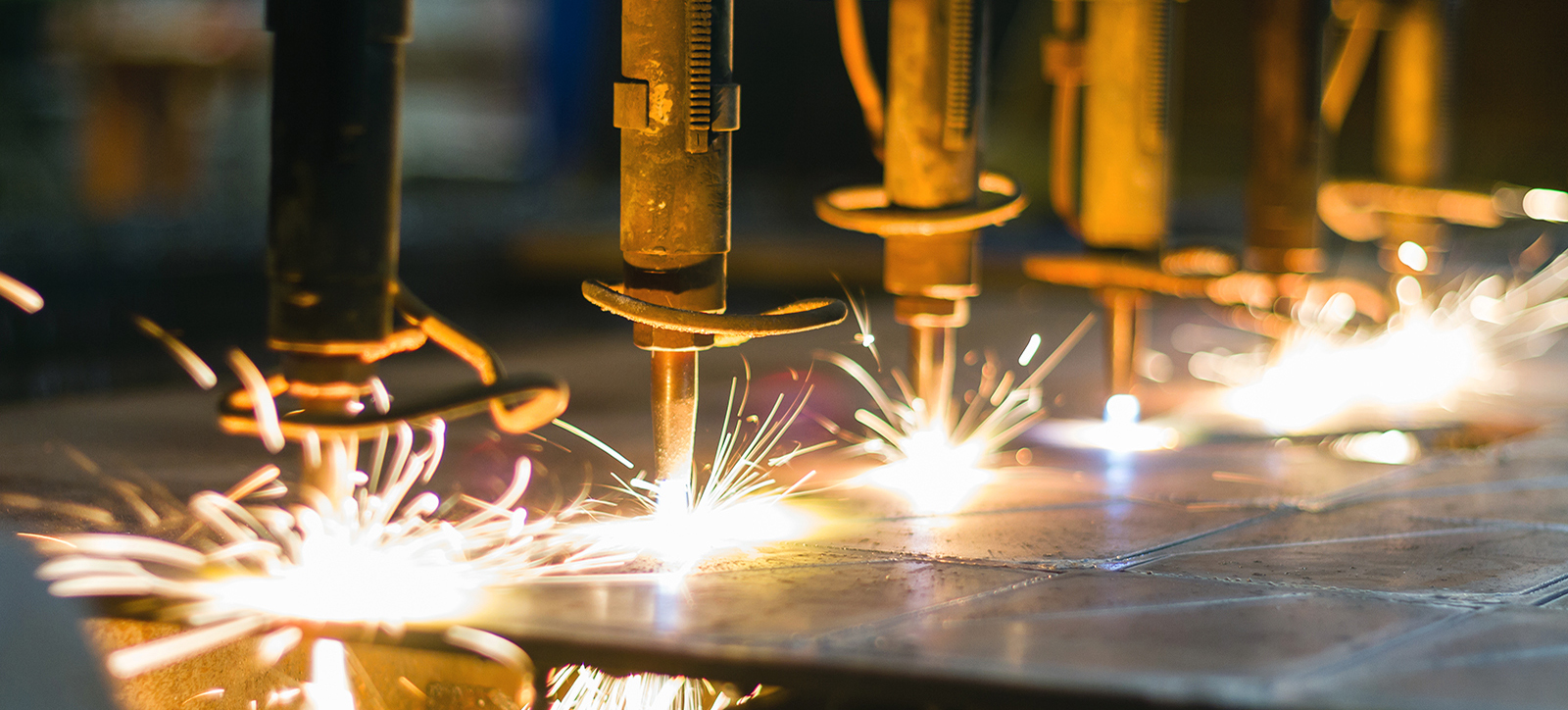5 Mistakes to Avoid When Choosing Cables for Analog Signals
Over the last decade, we’ve all heard lots about the Internet of Things (IoT), Industry 4.0, digital networks and Industrial Ethernet.
While digital technology is beginning to dominate process and discrete manufacturing, the backbone cabling that supports these processes remains reliant on analog signals.
Consider a polyethylene plant, for example. Conservatively, just one facility alone could hold 50,000+ instruments that all give off constant data points. Some of this data is vitally important to safety and productivity: like a pressure-transmitter reading that controls a valve which feeds stock into a refinery vessel. Failure to properly transmit this reading could result in a damaging outcome.

Whether we’re talking about digital adoption as it relates to pressure readings from vessels, temperature readings from thermocouples or a device’s pressure switch status, the foundation remains the same: tried-and-true analog.
Many industrial sites—such as large process manufacturing facilities—are trending toward a mixture of analog and digital cables, including single pair Ethernet (SPE). Digital signals and cables aren’t necessarily replacing analog, but instead working side by side with them.
Historically, analog and digital cables would be combined in marshalling cabinets and brought back to the central control system via a large multi-pair cable. Now, the cables are combined into a cabinet, converted to digital signals and brought back to the central control system through digital media. Even in these situations, however, the final connection to the instruments is still (for the most part) analog.
Because of the continued importance of analog signals in today’s manufacturing environments, it’s essential not to gloss over the selection of an analog cable. Electrical parameters and construction characteristics determine the cable’s performance level, as well as its noise immunity capabilities and its longevity.
Important Electrical Parameters to Consider
Capacitance and resistance are two good examples of attributes to consider.
The higher a cable’s capacitance (its ability to store charge), the less fidelity it offers, which equates to lower performance. A low capacitance supports better signal transmission, which leads to reduced attenuation (insertion loss) and the ability to carry the signal for longer distances without degradation.
A cable with low resistance converts less power to heat and more to the intended destination. To put it simply: Low-resistance cable allows more signals to pass through.
5 Common Mistakes to Avoid When Choosing Cables for Analog Signals
Throughout our decades of helping industrial environments choose the right cable and connectivity components for analog applications, we’ve seen these five common mistakes play out. They can have a negative impact on productivity, safety and the bottom line.

Mistake No. 1: Always Choosing the Smallest Cable
Cable size matters. We often see industrial plants choosing the smallest-diameter cables because they’re most cost effective and easier to handle. But small cables also carry the highest levels of signal loss, meaning a decrease in signal strength.Across long cable runs, diameter matters even more. The larger the cable diameter, the farther it can carry data before a signal drop occurs. Larger-diameter cables also experience less resistance.
Mistake No. 2: Using High-Resistance Cables
High-resistance cables can negatively affect the accuracy of your devices by impacting the length of time a signal takes to reach its final destination.
Mistake No. 3: Deploying Unshielded Cables in Noisy Environments
Industrial and manufacturing environments are often noisy: vibration, heavy machinery and motors can all influence cable performance. Even so, unshielded cables are frequently used in these plants. Because unshielded cables are less immune to noise, their performance is interrupted and errors can occur as a result.

Mistake No. 4: Forgetting About Chemical Resistance
In addition to noise, another common factor in industrial settings is the presence of chemicals: acids, alcohols, fuels, etc. Using a chemical-resistant cable isn’t always enough. It’s important to make sure your cables have the right type of chemical-resistance profile for your specific application. For example, if acetone is present in your environment, then make sure the cable you select is resistant to it—and features a jacket that will protect the cable.
Mistake No. 5: Using Indoor Cables in Outdoor Applications
Indoor and outdoor cables are constructed differently for a reason: Each is designed for specific conditions. But sometimes we see indoor cables used where outdoor cables are required—especially at the device connection point where the cable is exposed.
Using indoor cables outdoors leads to deterioration and quick degradation in the sun. They’re not built to withstand external factors like unregulated temperatures, humidity, condensation, wind, moisture, etc.
Don’t Forget About Analog!
There’s no doubt that the industrial world’s move toward digital is exciting—and holds lots of promise for safety, productivity and cost improvements. But while you prepare your plant for digital technology, don’t forget about the cabling that supports your analog signals and technology. It’s just as important!
If you need help matching the right cable to your unique application, send us your questions. We’re happy to help!
![System.String[]](https://assets.belden.com/transform/11a088e3-efde-4b9c-a158-d2ab033e53ae/peter-cox?io=transform:fill,width:300,height:300)